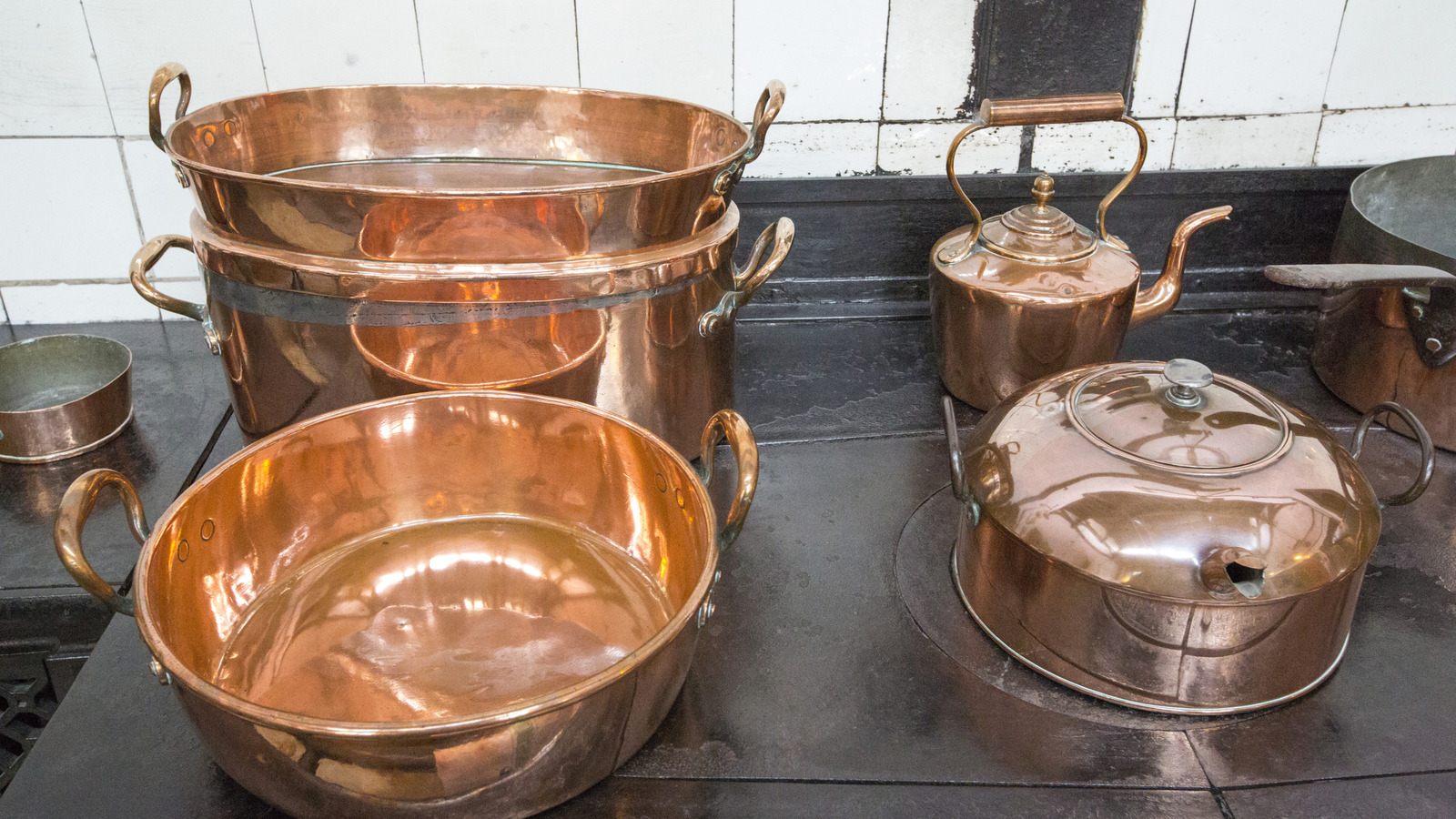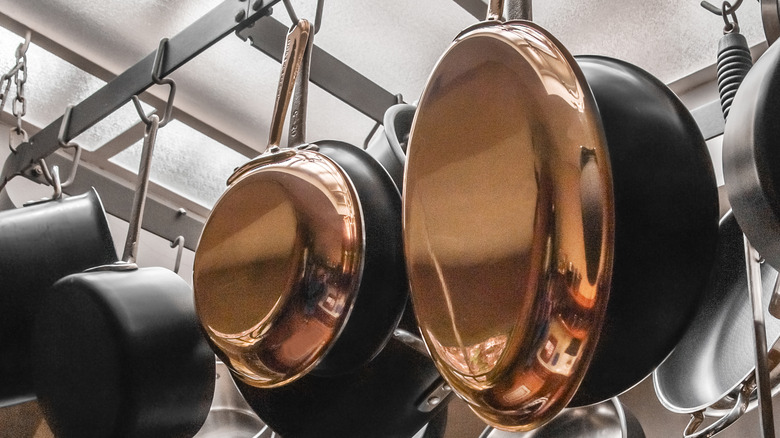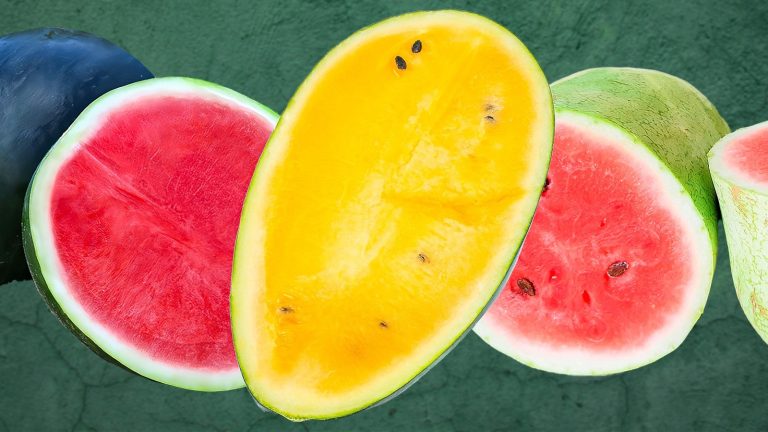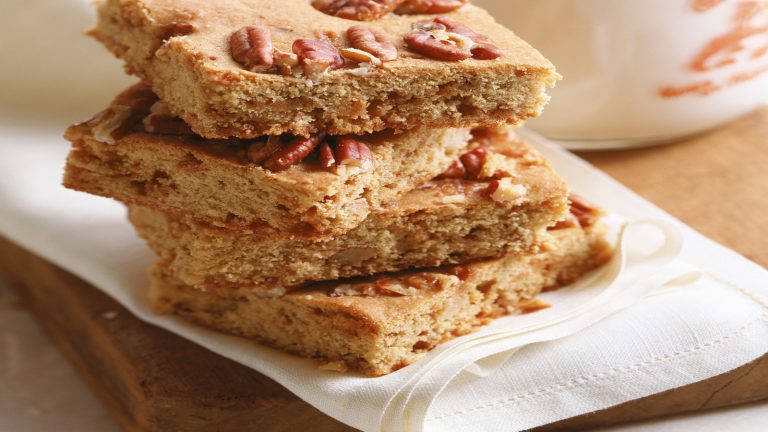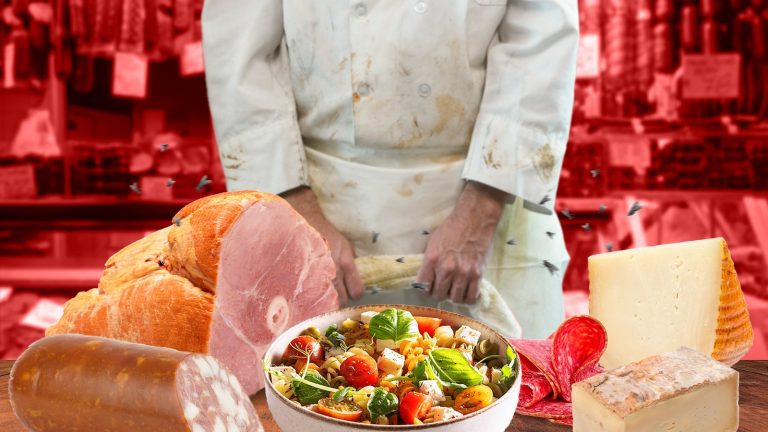We may receive a commission on purchases made from links.
We all love a great thrift, whether it’s a budget-friendly panini press or a rare, vintage set of china. There are lots of useful kitchen tools that you’ll find at second-hand stores, and copper cookware can be one of those hidden gems.
Copper cookware has long been the darling of professional chefs and culinary enthusiasts alike, and it’s easy to see why. Beyond its lustrous, eye-catching appearance that adds a touch of elegance to any kitchen, copper can conduct heat better than even aluminum or stainless steel. It heats up fast and responds almost instantaneously to changes in temperature, giving cooks precise control over their culinary creations. This kind of super sensitive responsiveness is particularly beneficial when cooking delicate sauces or dishes that require meticulous temperature management.
Of course, anything that’s pretty to look at and highly useful does not come with a small price tag. You’ll be hard-pressed to find a single copper pot that costs less than $100. At a second-hand store, however, you might just get lucky! But, as with any treasure hunt, there are certain things to look out for when thrifting cookware to make sure you’re safe. Ingesting copper itself can be harmful, so most copper cookware is lined with tin or stainless steel. With second-hand copper cookware, you should always double-check that those linings are intact — stainless steel is durable, while tin may need re-tinning. Ensure the copper is at least 2.5mm thick for even heating and avoid dented or warped pieces.
How to choose the right copper cookware
Not all second-hand copper is a steal; some pieces are best left on the shelf. Avoid pots with scratched, patchy, or completely worn-down linings, as cooking on exposed copper can lead to metal in your food — a huge no-no. If the tin lining looks thin or discolored, factor in the cost of professional re-tinning, which can be pricey. Plus, note that tin isn’t super durable, so you’ll have to treat tin-lined copper cookware with extra care. Also, skip any pot that feels flimsy — thin copper doesn’t conduct heat as effectively and is prone to warping. And while a few dents add character, deep ones can cause uneven heating or instability on a stovetop.
If you love the idea of copper but want a more foolproof (and budget-friendly) alternative, consider clad stainless steel cookware. Clad pans, like this All-Clad stainless steel skillet, use a copper or aluminum core in between layers of stainless steel, offering excellent heat conductivity without the maintenance of pure copper. Anodized aluminum is another solid choice since it heats evenly and is far more affordable.
Ultimately, second-hand copper cookware can be a fantastic find if you know what to look for. Check the lining and inspect for any damage. If all checks out, you’ve scored yourself a piece of high-performance cookware at a fraction of the cost. And if not? Well, there’s always a vintage cast-iron skillet waiting to be rediscovered.


